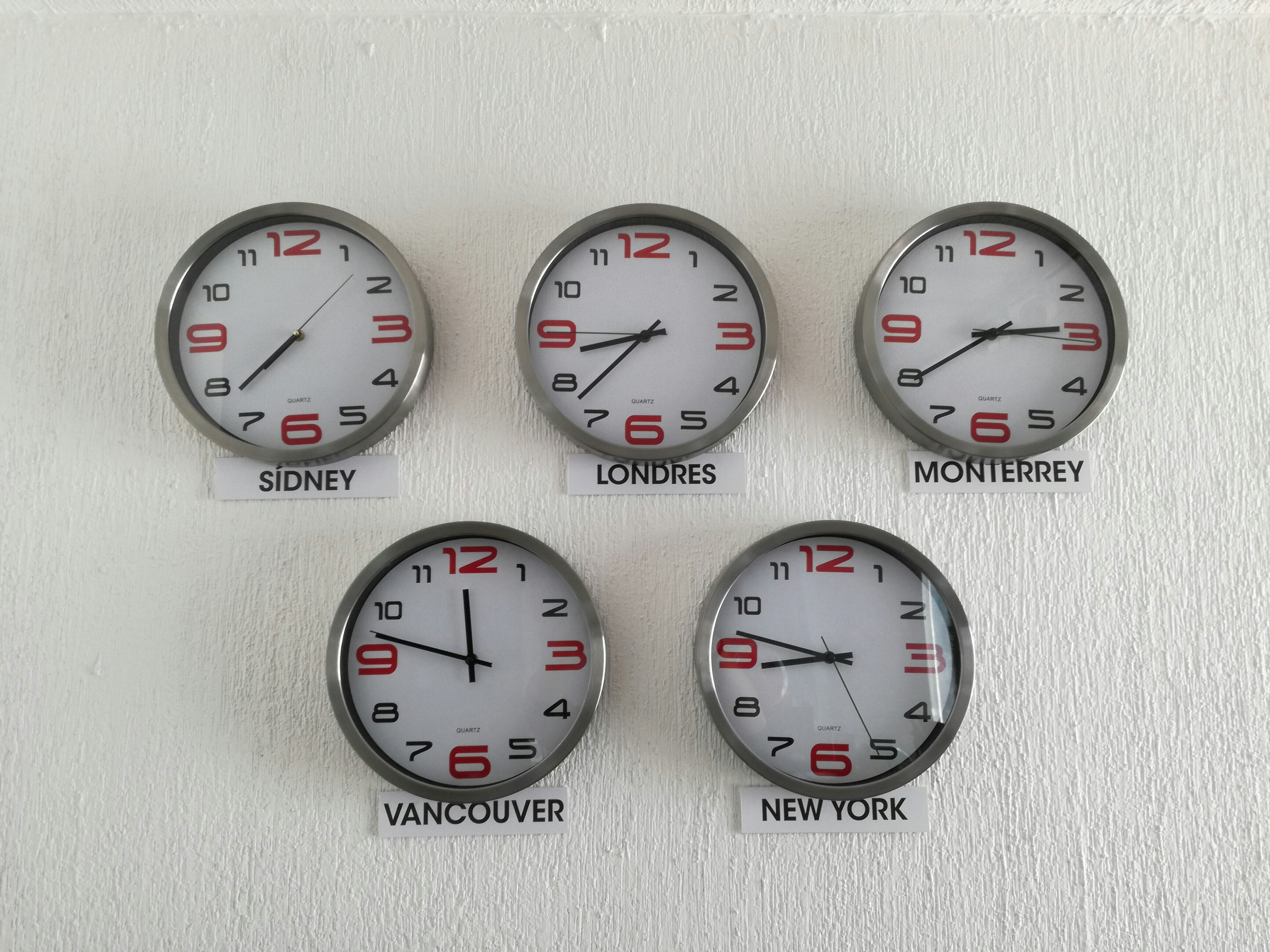What factors influence upward mobility in the US?

The economics and politics of sprawl
Emily Badger writes that talking about the difference between high-mobility and low-mobility regions such as Seattle and Atlanta — as Hillary Clinton did recently — is powerful both because it tugs at the American sense of fairness, and because it turns abstract fears about inequality into something terribly real. By definition, the American Dream sounds like something equally accessible to hard workers wherever they live. But, in fact, an accumulating body of research suggests that children growing up in some parts of the country have much better odds than children elsewhere of climbing up the economic ladder. The American dream, it turns out, is more real for children in Seattle than Atlanta, for poor kids growing up around Salt Lake City than Charlotte.
Matthew O’Brien writes that the research by Raj Chetty, Nathanial Hendren, Patrick Kline and Emmanuel Saez show that factors such as the progressivity of local taxes, the cost of college, local inequality, are only slightly correlated with a region’s social mobility. What seems to matter more is the amount of sprawl, the number of two-parent households, the quality of elementary and high schools, and how involved people are in things like religious and community groups.
David Leonhardt writes whatever the differences are between high-mobility and low-mobility regions, they seem to apply to residents of every race. Many of the areas where climbing the economic ladder is most difficult are also the areas with the largest concentration of African-Americans. The metropolitan areas with the highest percentage of African-Americans are clustered in the southeast and the industrial Midwest. So are the metropolitan areas where low-income children have the longest odds of making it into the middle class. Yet the economists who did the study do not list race as one of the main factors that explains the variation in upward-mobility rates across regions. The simplest way to explain their conclusion may be to point out that upward mobility tends to be rare for both blacks and whites, as well as for Latinos, in low-mobility areas. In Charlotte, Atlanta and Indianapolis, low-income white children have also tended to grow up to be low-income adults.
Matthew O’Brien writes that density changes things. Well-off whites who work in the city and live close by have an interest in paying for the kind of public goods, like mass transit, that benefit everybody. Well-off whites who live far away don’t. This neglect of infrastructure keeps low-income people from living near or commuting to better jobs – and that’s not a a race issue. Indeed, the researchers also found that whites and blacks in Atlanta both have a hard time moving up. In other words, racial polarization might spur sprawl, which makes cities less likely to invest in their infrastructure – and underfunded infrastructure hurts low-income people of all races.
Paul Krugman writes that the new research on social mobility suggests that sprawl – not just the movement of jobs out of the city (as William Julius Wilson first argued) but their movement out of reach of many less-affluent residents of the suburbs, too — is also playing a role. The apparent inverse relationship between sprawl and social mobility obviously reinforces the case for “smart growth” urban strategies, which try to promote compact centers with access to public transit.
The causal effects of good neighborhoods
David Leonhardt, Amanda Cox and Claire Cain Miller reports that the feelings heard across Baltimore’s recent protests — of being trapped in poverty — seem to be backed up by the new data. Justin Wolfers writes that hundreds of studies have demonstrated that the odds of economic success vary across neighborhoods. The far more difficult question is whether that’s because neighborhoods nurture success (or failure), or whether they just attract those who would succeed (or fail) anyway.
Raj Chetty and Nathaniel Hendren write that this geographic variation could be driven by two very different sources. One possibility is that neighborhoods have causal effects on upward mobility: that is, moving a given child to a different neighborhood would change her life outcomes. Another possibility is that the observed geographic variation is due to systematic differences in the types of people living in each area, such as differences in race or wealth. The key assumption underlying the author’s analysis on non-experimental data is that families who move from one city to another when their children are young are comparable to those who move when their children are older. This assumption would not hold if, for instance, families who move to better areas when their children are young are more educated or have higher wealth than families who move later. To assess the validity of this assumption, the authors compare siblings within the same family, and show that the difference in siblings’ outcomes is proportional to the difference in their exposure to better environments. They also show that one obtains effects when analyzing families displaced by events outside their control, such as natural disasters or local plant closures.
Raj Chetty, Nathaniel Hendren, and Lawrence F. Katz write that the Moving to Opportunity (MTO) experiment of the U.S. Department of Housing and Urban Development offered a randomly selected subset of families living in high-poverty housing projects subsidized housing vouchers to move to lower-poverty neighborhoods in the mid-1990s. The MTO experiment generated large differences in neighborhood environments for comparable families, providing an opportunity to evaluate the causal effects of improving neighborhood environments for low-income families. Previous research evaluating the MTO experiment have consistently found that the MTO treatments had no significant impacts on the earnings and employment rates of adults and older youth, suggesting that neighborhood environments might be less important for economic success. But, in light of the previous paper’s findings, the authors revisit the MTO experiment taking into account the possibility that the effect differs depending on the age of the children when the family moved to a better neighborhood.

Source: Raj Chetty, Nathaniel Hendren, and Lawrence F. Katz
Raj Chetty, Nathaniel Hendren, and Lawrence F. Katz find that assignment to the experimental voucher group led to significant improvements on a broad spectrum of outcomes in adulthood for children who were less than age 13 at RA. The MTO treatments had very different effects on older children – those between 13-18 at RA. The point estimates suggest that moving to a lower-poverty neighborhood had slightly negative effects on older children’s outcomes. Although we have no direct evidence on the mechanisms underlying these effects, one plausible explanation for negative impacts at older ages is a disruption effect: moving to a very different environment, especially as an adolescent, could disrupt social networks and have other adverse effects on child development.
This article was originally published by Bruegel, the Brussels-based think tank. Read the article on their website here.
Publication does not imply endorsement of views by the World Economic Forum.
To keep up with the Agenda subscribe to our weekly newsletter.
Author: Jérémie Cohen-Setton is a PhD candidate in Economics at U.C. Berkeley.
Image: A woman holds a cluster of U.S. flags during a U.S. Citizenship and Immigration Services naturalization ceremony in Oakland, California. REUTERS/Robert Galbraith
Don't miss any update on this topic
Create a free account and access your personalized content collection with our latest publications and analyses.
License and Republishing
World Economic Forum articles may be republished in accordance with the Creative Commons Attribution-NonCommercial-NoDerivatives 4.0 International Public License, and in accordance with our Terms of Use.
The views expressed in this article are those of the author alone and not the World Economic Forum.
Stay up to date:
Economic Growth
Forum Stories newsletter
Bringing you weekly curated insights and analysis on the global issues that matter.
More on Economic GrowthSee all
Rishika Daryanani, Daniel Waring and Tarini Fernando
November 14, 2025







